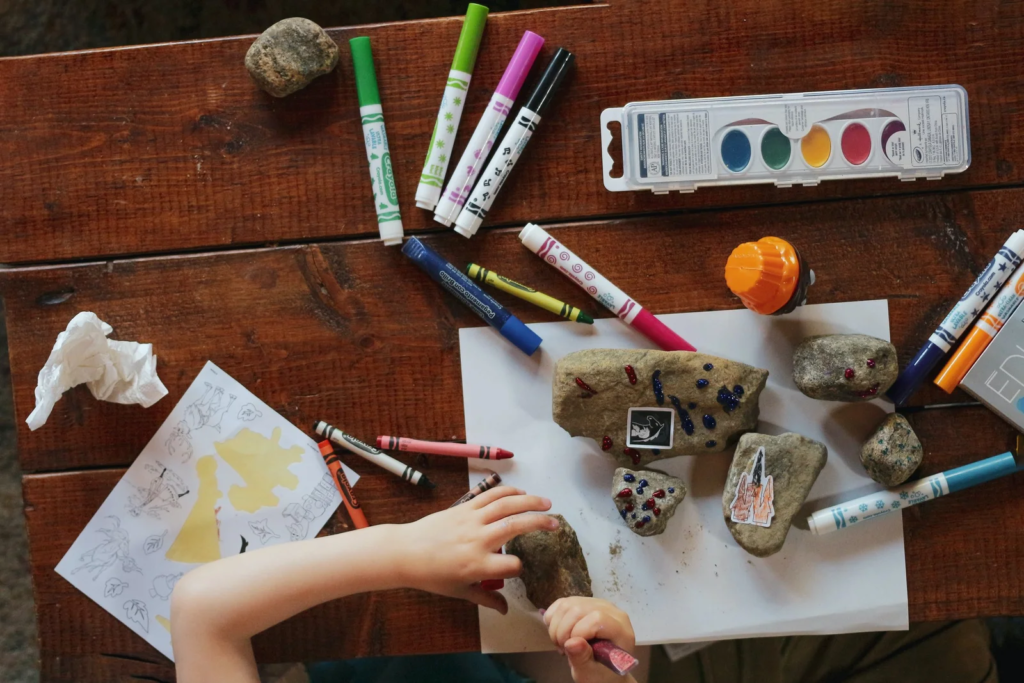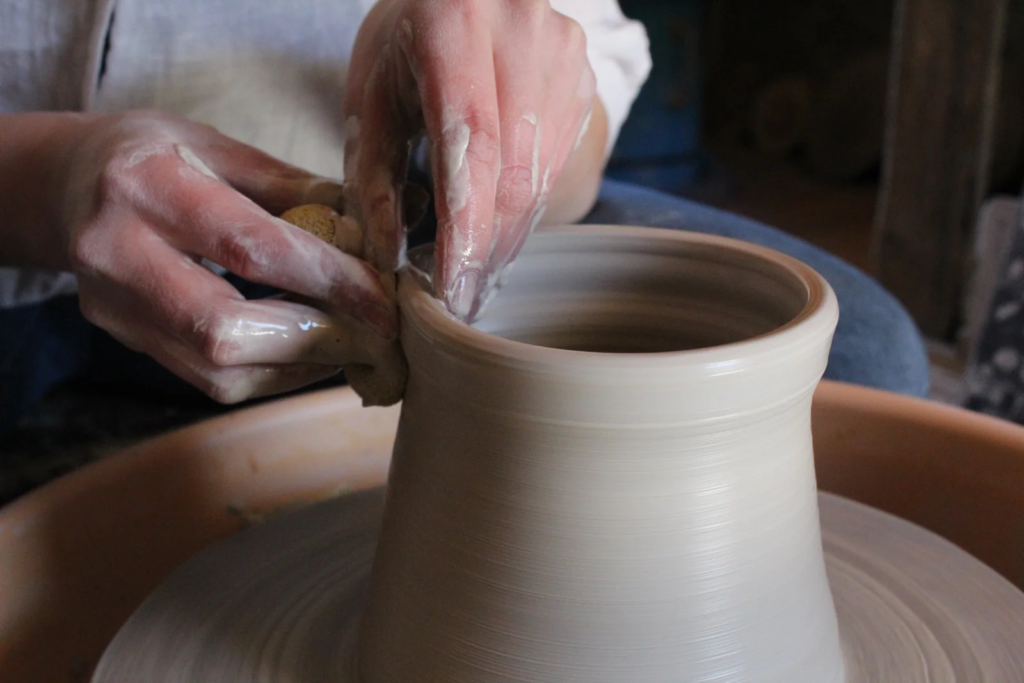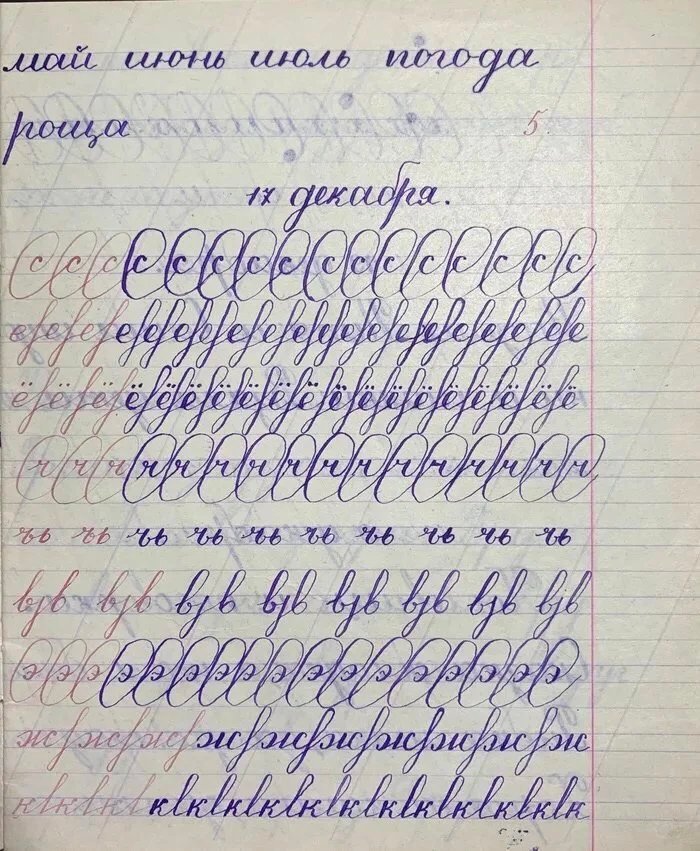You might be wondering, “Who am I to talk about this?” That’s a fair question. The honest answer is: I’m no one—and yet, in a strange way, I’m also everyone. I don't come bearing a neatly packaged solution to the challenge I’m about to discuss. I don’t have all the answers or a set of credentials to give this message more authority than it deserves. But I do live in the same world as you. I wake up to the same algorithms, raise a child under the same glow of tablets and TV screens, and wrestle with the same subtle anxieties about where this is all heading. That makes me part of this story—just as you are. I speak not as an expert above the fray, but as a fellow traveler trying to make sense of the times we live in.

The modern digital landscape casts a long shadow. It looms over our daily lives in ways we can feel, even when we struggle to articulate why. There’s something about it that feels off, almost uncanny. We see it in the way people consume information. Videos, only ten or fifteen seconds long, flash by in a blur. Their only job? To stimulate us momentarily before they vanish from memory—quick hits of dopamine that leave no lasting trace. And yet, we remain riveted. We sit transfixed, scrolling endlessly, pulled deeper into a reality that feels more vivid, more compelling than the one unfolding right in front of us.
The amount of digital content at our fingertips allows most people to jump into a personna or a reality that is completely foriegn to them and give them a sense that they have experienced it whilst sitting in their own living room.

This sort of consumer level entertainment breeds short attention spans, and very shallow understanding of a topic. Just ask a person to summarize a 15 min long educational video just half an hour after the person has watched it and it will be apparent that although the person seemed to digest and understand the information as they were watching the video, the concepts resonated and made sense, the information was never absorbed on a deeper level.

This isn’t just a passive observation. It’s a lived experience. We’ve all had those moments—sitting in a room, phone in hand, present in body but detached in spirit. We glaze over while life passes by around us, distracted by curated feeds, filtered images, and addictive loops. It happens at dinner tables, in waiting rooms, even during precious moments with our children. The screen seduces us. It offers a reality that feels easier to digest than the messy, unpredictable one we inhabit.
And that brings me to the heart of what troubles me.
As I watch the next generation grow up in this world, I can’t help but ask: What is all of this doing to their minds, to their hands, to their very perception of the world? What becomes of a child raised on touchscreen swipes instead of crayons and blocks? When their sense of accomplishment comes from leveling up in a game rather than learning how to tie a knot or sharpen a pencil, what gets lost in the process?

Digital tools undoubtedly offer power. Precision. Speed. But do they come at a cost to our ability to understand the physical world in a tactile, intuitive way? I believe they might. Children once learned through direct contact with their environment—through the weight of a hammer, the resistance of a hand saw, or the joy of building something real with their hands. These weren’t just quaint relics of a bygone age. They were foundational skills that shaped how people saw themselves and their place in the world.
There’s something sacred in the act of creation—something deeply human that resists being digitized. When a person carves wood, bakes bread, throws clay, or even tends a garden, they engage in an ancient dialogue between body, mind, and material. Mistakes happen, but so do breakthroughs. The feedback loop is immediate and real. You feel it in your fingertips and your bones. A screen can’t replicate that. No matter how advanced the simulation, it remains just that—a simulation.

That’s why I believe we must look back as much as we look forward.
Our ancestors didn’t see the craftsman as a novelty or a hobbyist. They revered the artisan. The builder. The maker. These people weren’t just useful—they were essential. They carried knowledge through generations. They preserved culture not in libraries, but in joints, stitches, and brushstrokes. They understood materials intimately. They knew the rhythm of labor, the satisfaction of work done well, and the patience it required.
Today, that knowledge sits on the verge of extinction. Or at the very least, dormancy.

But I don’t believe it has to disappear. In fact, I sense a quiet longing bubbling up across generations. I see it in young people who crave a break from their screens and take up knitting, woodworking, or metalwork. I see it in adults who, tired of virtual life, sign up for pottery classes or sourdough tutorials. Something deep within us calls out for texture. For rhythm. For the kind of learning that doesn’t involve a mouse or a menu.
We’re not designed to live entirely in the abstract. Our biology hasn't changed, even if our tools have. Our eyes still respond to natural light. Our muscles still crave movement. Our brains still flourish through touch and spatial awareness. These things don’t fade just because digital life grows more convenient. In fact, the convenience might be part of the problem. When everything comes easy, we stop valuing the hard-won.
That’s why I’m writing this. Not to condemn the digital age—we’re far too deep into it for that. And not to romanticize a past that had its own flaws and blind spots. I’m here simply to say: there’s another way. A complementary path. A richer life that integrates technology without surrendering to it. A life that honors our need to create, to build, to shape our world—not just with clicks and commands, but with calloused hands and curious hearts.
If you’ve ever felt a strange emptiness after hours online…
If you’ve ever longed to build something real, even if it’s crooked or rough…
If you’ve ever watched your child tap a screen with more confidence than they hold a pencil…
…then maybe this path calls to you too.

I want to help. I don’t claim to have a program, a course, or a perfectly curated lifestyle to offer. What I can offer is encouragement. Companionship. A few stories from my own attempts to reconnect with a slower, more grounded way of life. I can share what it looks like to stumble back into craftsmanship—not as a performance or a trend, but as a way of remembering what it means to be human.
For me, that journey began with wood.
I didn’t grow up in a workshop. I wasn’t handed a chisel as a child or raised around heirloom tools. In fact, I came to woodworking later than most. What drew me in wasn’t nostalgia or a plan. It was frustration. I had spent too many days in front of a screen, trying to chase productivity through the digital haze. Deadlines came and went. Notifications buzzed. But at the end of each day, I couldn’t point to anything I had made with my own hands. I had nothing to show but a sore neck and a vague sense of dissatisfaction.
So I picked up a piece of rough-sawn oak.

That first board taught me more than a thousand YouTube tutorials ever could. It pushed back. It splintered when I rushed. It revealed hidden grain when I slowed down. With every stroke of the plane, I started to feel grounded again—not just in the material, but in myself. My breathing slowed. My focus sharpened. The noise of the world receded. And when I finally stepped back and saw a clean tenon fit into its mortise, I didn’t just feel satisfaction. I felt awake.
From that moment on, I never looked back. I began to study the old ways—how sash windows were built in the 19th century, how joinery evolved over time, how craftsmen learned to read wood like a language. I spent evenings restoring hand tools, not because I had to, but because I wanted to understand the hands that had used them before me. And in doing so, I began to see time differently. I no longer measured my worth by how fast I could answer an email or how many likes I received. I measured it by fit, finish, and form.
That shift changed everything.
That shift changed everything.
It changed the way I raise my own child. I now encourage them to get bored, to tinker, to build things that break and fix things that don’t. I teach them that screens can inform, but they can’t transform. That true learning comes not from knowing facts but from discovering relationships—between effort and result, between tool and hand, between mind and material.

And it changed how I see my role in the world. I no longer want to simply consume—I want to contribute. I want to offer something tangible. Something real. Something that bears the mark of care.
So if you’ve felt the call of the analog, if you’ve wondered whether a slower life is still possible, I promise you it is. It starts with one board. One loaf of bread. One patch of soil. It starts by saying no to endless distraction and yes to imperfect, embodied living.
This path may not be efficient. It may not be optimized. But it is real. And that, in today’s world, makes it revolutionary.
